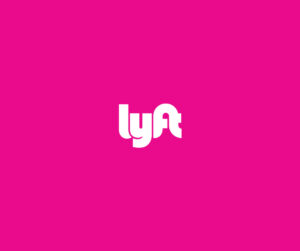- General
- April 27, 2023
- 4 minutes read
Ride-Hailing Firm Lyft To Cut 26% Of Employees, Reduce Hiring
Ride-hailing firm Lyft (NASDAQ: LYFT) is the latest tech company to cut a significant part of its workforce. It will…

Ride-hailing firm Lyft (NASDAQ: LYFT) is the latest tech company to cut a significant part of its workforce. It will lay off 1,072 employees, or 26% of its current headcount, according to a Thursday SEC filing. The company has also eliminated 250 additional positions it planned to hire for.
This marks Lyft’s second round of layoffs in less than a year. In November 2022, it cut 700 employees, or 13% of its workforce at the time. Earlier in July 2022, the company laid off 60 employees after shutting down its car rental division.
- The new layoffs represent one of the first major moves by chief executive officer (CEO) David Risher, who has been in the role for barely two weeks. He was appointed on April 17 as Lyft’s two co-founders, Logan Green and John Zimmer, stepped down from their leadership roles and transitioned into non-executive positions. Risher is a former Amazon executive and was already a Lyft board member before taking up the CEO position.
Tech industry layoffs have been common lately, including at tech giants like Amazon, Google, Meta (formerly Facebook), and Microsoft. Dozens of smaller yet formidable companies have announced job cuts in the hundreds, with Lyft being the latest.
Many companies can blame the broader market slump for job cuts, but Lyft has more issues. The company is locked in intense competition with its main rival, Uber, and has yet to prove it can run a profitable business. It reported a net loss of $1.6bn in 2022, including $768mn tied to stock-based compensation.
Lyft has survived on investor cash since its founding in 2012. The company held a public listing in March 2019 that raised $2.3bn at a market value of $24bn. That value has slumped to $3.8bn as of Thursday, an 84% drop.
- Lyft’s counterpart, Uber, is winning the ride-hailing war. Unlike Lyft, Uber also expanded into other areas like food delivery and freight forwarding, making it more resilient to economic headwinds. Uber reported a record $32bn in revenue in 2022 and a $9bn loss, though most of it ($7bn) came from a write-down on equity investments. The company has a current market value of $60bn.
- The 2010s birthed Uber, the ride-hailing app challenging the incumbent taxi system in America, and Lyft, the main contender with Uber. But Uber has remained the dominant player with a 74% U.S. market share compared to Lyft’s 26%, according to research firm YipitData. Uber operates in 70 other countries, while Lyft is limited to the U.S. and Canada.
Lyft’s stock has fallen nearly 9% year-to-date, compared to Uber’s 20% gain.






